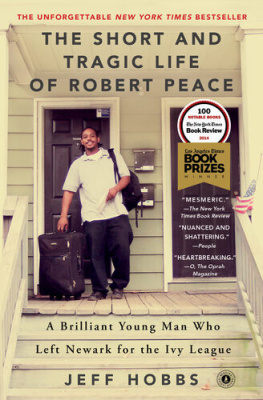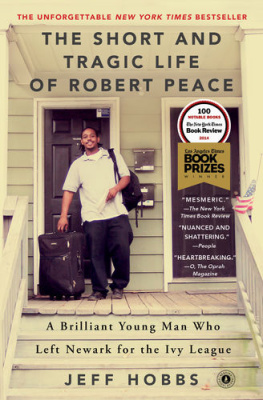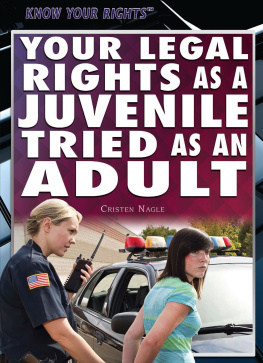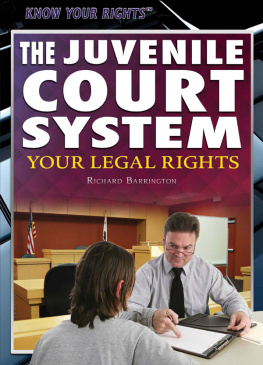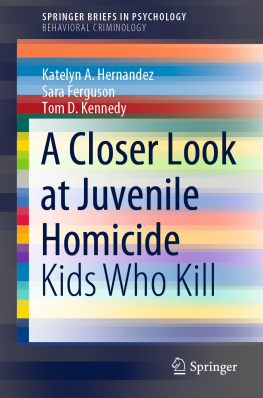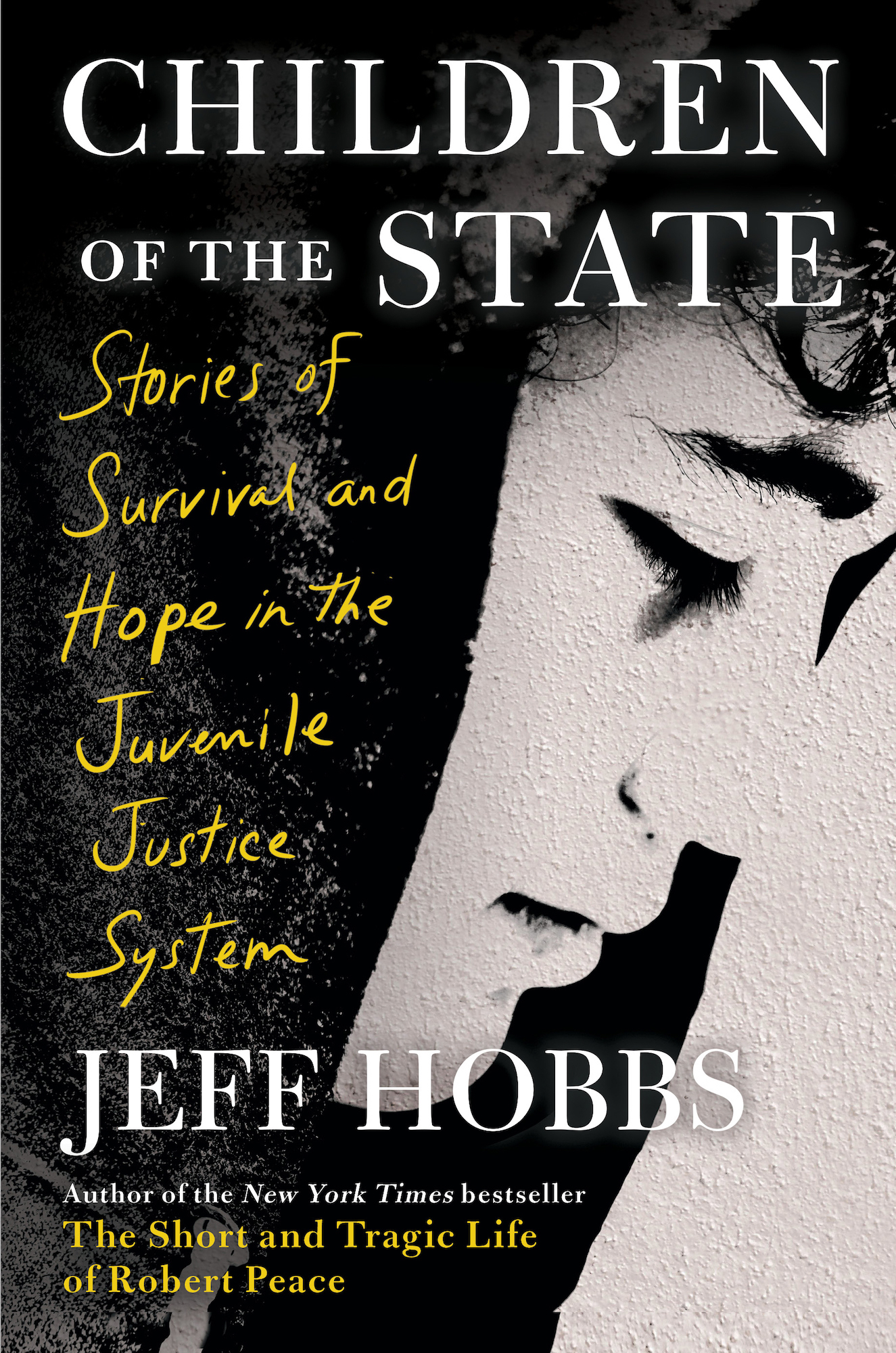Jeff Hobbs - Children of the State: Stories of Survival and Hope in the Juvenile Justice System
Here you can read online Jeff Hobbs - Children of the State: Stories of Survival and Hope in the Juvenile Justice System full text of the book (entire story) in english for free. Download pdf and epub, get meaning, cover and reviews about this ebook. year: 2023, publisher: Scribner, genre: Detective and thriller. Description of the work, (preface) as well as reviews are available. Best literature library LitArk.com created for fans of good reading and offers a wide selection of genres:
Romance novel
Science fiction
Adventure
Detective
Science
History
Home and family
Prose
Art
Politics
Computer
Non-fiction
Religion
Business
Children
Humor
Choose a favorite category and find really read worthwhile books. Enjoy immersion in the world of imagination, feel the emotions of the characters or learn something new for yourself, make an fascinating discovery.
- Book:Children of the State: Stories of Survival and Hope in the Juvenile Justice System
- Author:
- Publisher:Scribner
- Genre:
- Year:2023
- Rating:3 / 5
- Favourites:Add to favourites
- Your mark:
Children of the State: Stories of Survival and Hope in the Juvenile Justice System: summary, description and annotation
We offer to read an annotation, description, summary or preface (depends on what the author of the book "Children of the State: Stories of Survival and Hope in the Juvenile Justice System" wrote himself). If you haven't found the necessary information about the book — write in the comments, we will try to find it.
There has been very little written about juvenile detention and the path to justice. For many kids, a mistake made at age thirteen or fourteenoften resulting from external factors coupled with a biologically immature braincan resonate through the rest of their lives, making high school difficult, college nearly impossible, and a middle-class life a mere fantasy. Here, in Children of the State, Jeff Hobbs challenges any preconceived perceptions about how the juvenile justice system worksand demonstrates in brilliant, piercing prose: No one so young should ever be considered irredeemable.
Writing with great heart and sensitivity, Hobbs presents three different true stories that show the day-to-day life and the challenges faced by those living and working in juvenile programs: educators, counselors, andmost importantlychildren. While serving a year-long detention in Wilmington, Delawareone of the violent crime capitols of Americaa bright young man considers both the benefits and the immense costs of striving for college acceptance while imprisoned. A career juvenile hall English Language Arts teacher struggles to align the small moments of wonder in her work alongside its statistical futility, all while the San Francisco city government considers a new juvenile system without cinderblocksand possibly without teachers. A territorial fistfight in Paterson, New Jersey is called a hate crime by the media and the boy held accountable seeks redemption and friendship in a demanding Life & Professional Skills class in lower Manhattan. Through these stories, Hobbs creates intimate portraits of these individuals as they struggle to make good decisions amidst the challenges of overcoming their pasts, and also asks: What should society do with young people who have made terrible mistakes?
Just as he did with The Short and Tragic Life ofRobert Peace, Jeff Hobbs has crafted a gorgeous, captivating, and transcendent work of journalism with tremendous emotional power. Intimate and profound, relevant and revelatory, Children of the State masterfully blends personal stories with larger questions about race, class, prison reform, justice, and even about the concept of fate.
Jeff Hobbs: author's other books
Who wrote Children of the State: Stories of Survival and Hope in the Juvenile Justice System? Find out the surname, the name of the author of the book and a list of all author's works by series.

